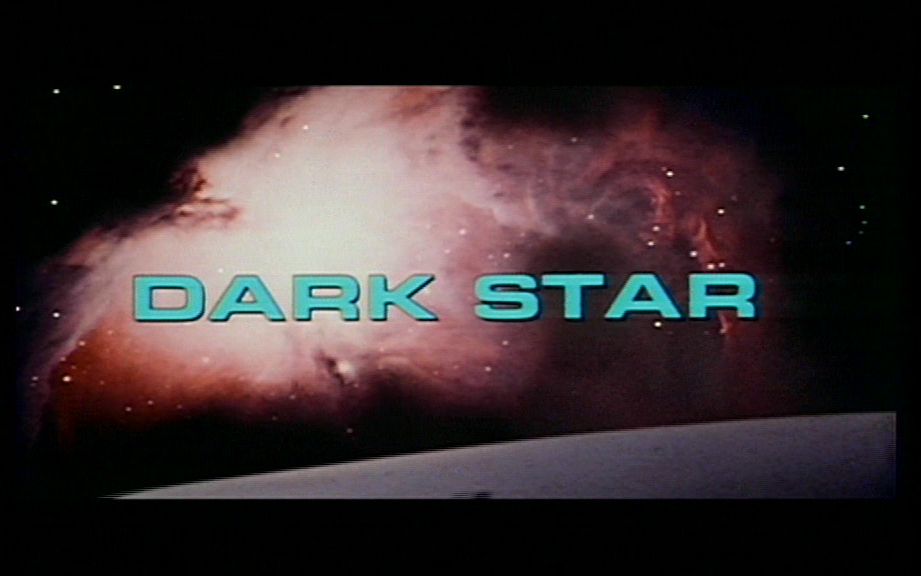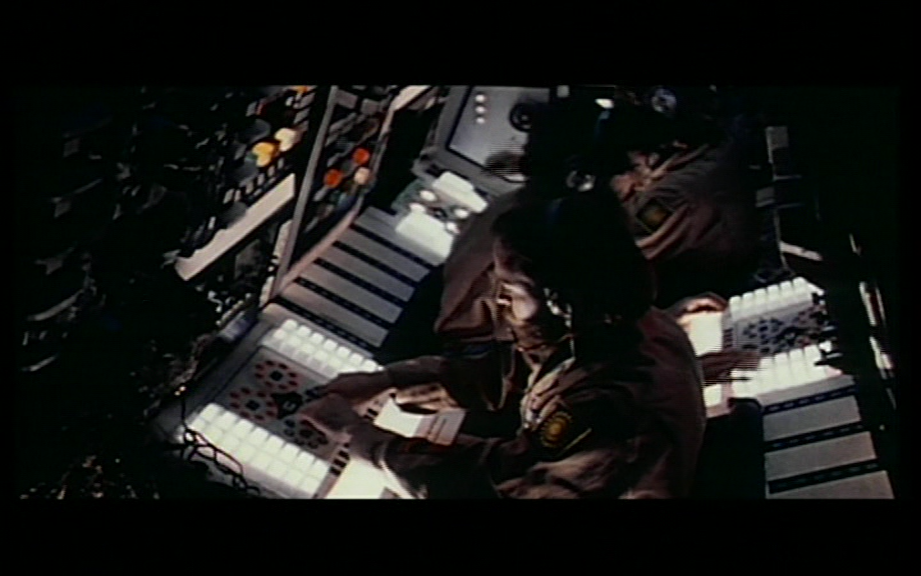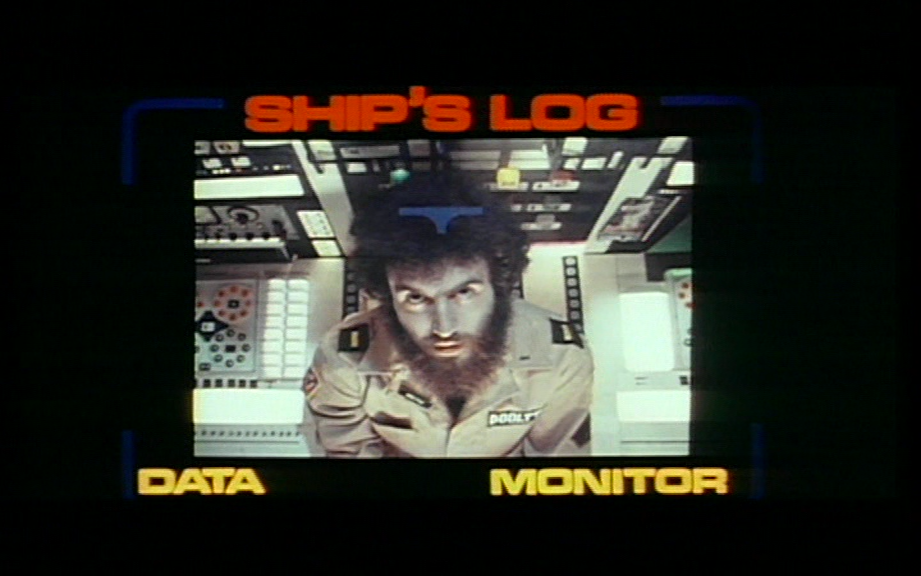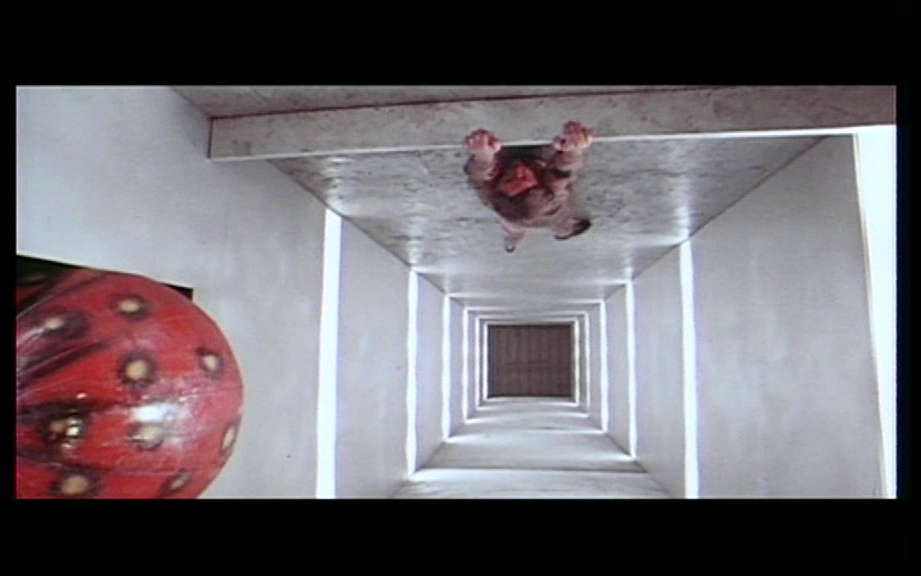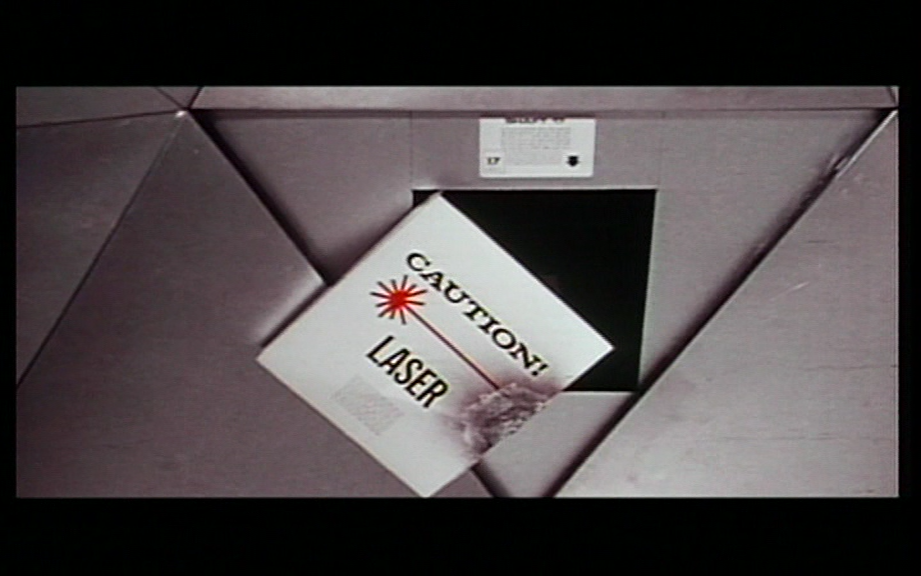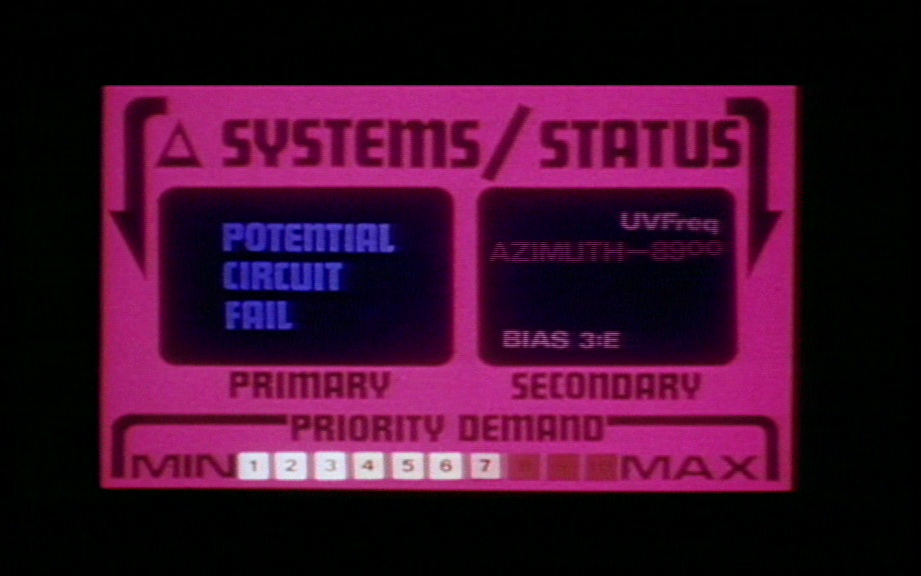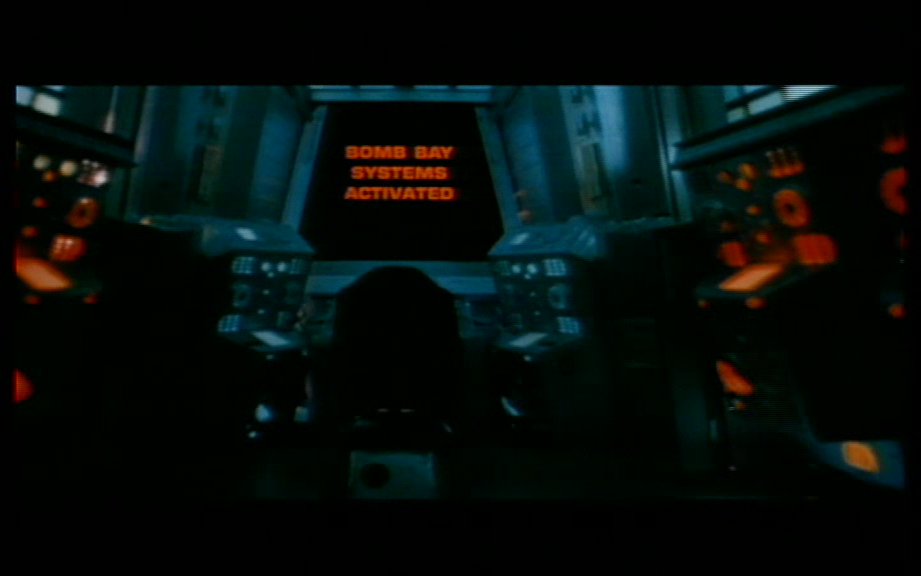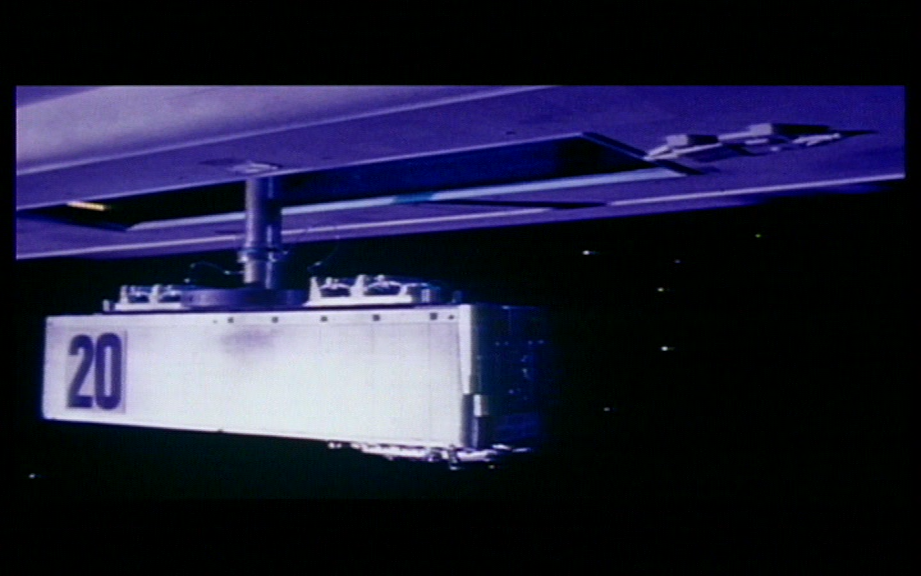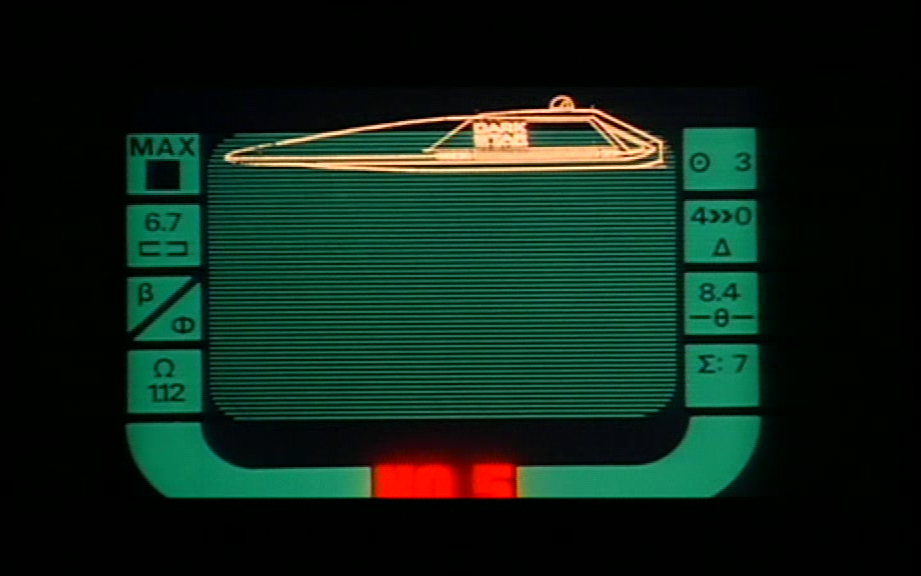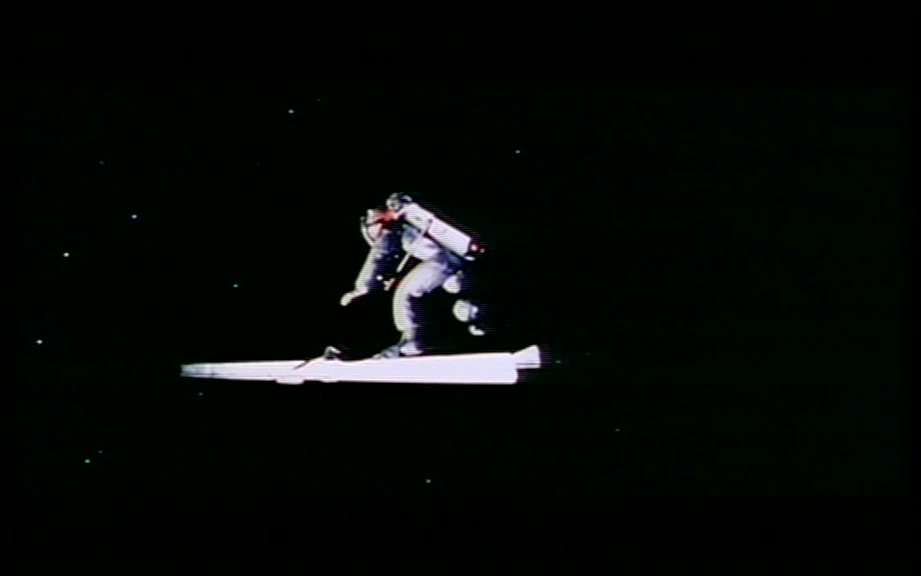-
#21 – Dark Star (1974)
Dark Star (1974)
Film review #21
Director: John Carpenter
A science-fiction parody of 2001: A Space Odyssey. Does it stand as a film in it’s own right too?
In the 22nd century, humanity is beginning to colonise the far reaches of the universe. In order to do so, ships such as the Dark Star are sent to star systems armed with bombs to destroy planets which are deemed unstable and a threat to colonisation.
The Dark Star has been travelling in space for 20 years from Earth perspective (though they have only aged 3 years due to use of a hyperdrive). They have recently lost their leader, Commander Powell after a fault occurred in his rear seat panel. The remaining crew members: Lt. Doolittle, Sgt. Pinback, Boiler and Talby. After being in space for so long, the crew have found different ways to keep themselves busy, such as tanning under a lamp, playing an organ made from bottles, or just staring out at the universe every waking second. The crew sleep in the food storage locker, since the crew quarters had blown up, and like most of the ship, is in a state of disrepair which isn’t going to be fixed anytime soon, as political management on Earth refuses to send them any supplies. Pinback also “found” an alien while the ship has been in space, which he keeps in the food locker, which looks very much like a beachball, and torments him throughout the movie.
En route to another system in the Veil Nebula, the ship travels through an asteroid storm, which causes a malfunction in one of the communication lasers, which goes unnoticed. One of the ships “smart bombs”, #20, deploys itself due to this error, and the ship’s computer has to recall it multiple times. When the crew reach the next planet, bomb #20 is deployed and armed, but Talby, who is investigating the malfunction causes damage to the ship’s computer and makes the smart bomb unable to detach from the loading bay, meaning it will explode while still attached to the ship.
Doolittle heads down to cryogenic storage to talk to Commander Powell, who is barely alive after his accident with his rear seat panel, he eventually suggests talking to the bomb to convince it to disarm. He suits up and leaves the ship to converse with the bomb, and teaches it phenomenology, and that the data it is relying on to arm itself is not real, and cannot be trusted. The bomb concedes it needs more time to think about this, and disarms itself.
However, this victory is short-lived, as the bomb develops a God-complex, and with the words “let there be light”, explodes and sends Doolittle and Talby hurtling off in opposite directions (And Commander Powell too, encased in a block of ice). Talby is drawn in by the Phoenix asteroids, which are a special group of asteroids which orbit around the universe, and which Talby had mentioned he wanted to see earlier, and so he is left to travel around the universe with them. Doolittle is then left to be drawn into the planet, and he manages to grab a piece of debris from the ship which is shaped like a surfboard. As he mentioned to Talby earlier, he missed surfing back on Earth while being in space all these years, and so takes a ride on this makeshift surfboard as he descends into the planets orbit…
There are many differences between Dark Star and 2001, I think the most striking one for me is the differences in budget. While 2001 had an immense budget and lavish sets and design, Dark Star started out as a student film, and a £60k budget, which is hardly anything. This makes Dark Star look like an episode of Star Trek with model ships floating against backdrops and the cheap looking sets.And so because of this, 2001 still looks good and fresh today, while Dark Star looks very much of the time it was produced in terms of design, and the hairy cast complete with 70’s beards also reinforce this fact.
A similarity between the two is the use of music throughout the film, which is sparse and restricted to echo the silence of space travel. There is a difference in how they were produced though, with 2001 working with a full orchestra, and Dark Star having all its music produced by synthesisers by the producer. Different processes, same results (Though they differ somewhat in terms of quality).
2001 isn’t the only film Dark Star is connected to. The movie poster calls this movie “The mission of the Strangelove generation”, which obviously refers to Dr. Strangelove, a movie also produced by 2001 producer Stanley Kubrick. The relation between the two being centred around the mislaunch of a bomb is rather obvious. The “beachball” alien concept of the alien getting loose and terrorising the crew was reworked and changed to a horror genre, and became the classic movie Alien in 1979.
I think the most memorable part of the film is the scene in which Doolittle tries to talk the bomb out of exploding by teaching it phenomenology, and telling it that the data it has acquired cannot be trusted, and implanting the concept of Cartesian doubt in the bomb; eventually causes it to develop a God complex, possibly because the bomb figured that the only “thing” it could rely on was itself, so it concluded that it was the only being that mattered. It’s interesting to think about what a artificial mind would do with a phenomenological conundrum such as this.
Apparently, the movie didn’t receive much of a positive reception at the box office, as the movie was advertised as a serious movie, so perhaps the audience did not get what they expected. The movie also changes pace and direction quite a lot, but the plot never develops too much complexity, so it is still easy to follow. Dark Star is an odd film, never intended for cinematic release, but it takes on some of the classic science-fiction tropes in a satirical, humourous and just plain alternative way, which might make it worth a watch if you’re interested in that sort of thing.
